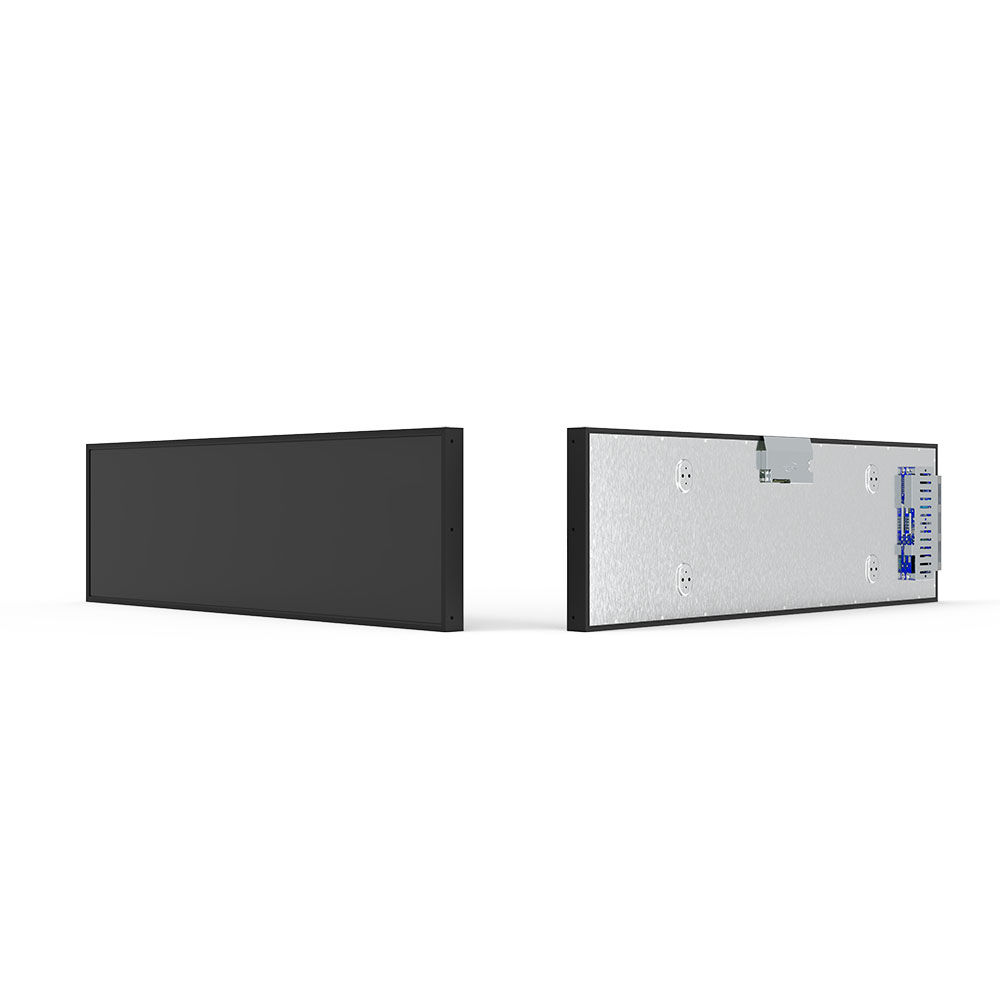- Home
- About Us
- Products
- News
- Video
- Contact
- Send Inquiry
Search
- Home
- About Us
- Products
- News
- Video
- Contact
- Send Inquiry

In the rapidly evolving digital signage landscape, outdoor LCD screens have become indispensable tools for advertising, public information systems, and smart city infrastructure. As of 2024, the demand for high-brightness, durable, and energy-efficient outdoor displays has surged globally—especially in urban environments where ambient light conditions are highly variable. Understanding the technical standards behind brightness performance is essential for both manufacturers and end-users aiming to maximize visibility, longevity, and ROI.
The primary metric used to evaluate outdoor LCD screen performance is peak brightness, measured in nits (cd/m²). Industry benchmarks such as those set by the Society of Motion Picture and Television Engineers (SMPTE) and the International Electrotechnical Commission (IEC) define minimum brightness requirements for various applications. For example, a typical indoor display might operate at 300–500 nits, whereas an outdoor screen must achieve at least 5,000 nits to remain legible under direct sunlight—a standard that has become increasingly common in commercial deployments. Advanced models now exceed 10,000 nits, leveraging LED backlighting and local dimming technologies to maintain clarity without excessive power consumption.
Real-world case studies highlight the importance of adhering to these standards. In Singapore’s Orchard Road district, a fleet of 8,000-nit outdoor displays was installed to promote tourism and retail services. The screens were tested across multiple lighting conditions—including early morning, midday, and dusk—and consistently outperformed competitors with lower brightness levels. Similarly, in Dubai’s Burj Khalifa observation deck, high-brightness screens with adaptive brightness control have reduced glare-related complaints by over 60%, improving visitor experience while maintaining operational efficiency.
Beyond raw brightness, modern outdoor LCDs integrate environmental sensors, IP65 or higher ingress protection ratings, and thermal management systems to ensure reliability in extreme weather. According to a 2023 report from Statista, the global outdoor digital signage market is projected to reach $38 billion by 2027, driven by innovations in OLED and microLED technologies that offer better contrast ratios and wider viewing angles. These advancements make it possible to deploy dynamic content even in harsh climates—from the deserts of Arizona to the coastal regions of Norway.

For integrators and facility managers, choosing the right screen involves more than just brightness numbers—it requires evaluating contrast ratio, refresh rate, and maintenance needs. A recent study published in the IEEE Transactions on Consumer Electronics emphasized that optimal brightness should be paired with dynamic range adjustment algorithms to reduce eye strain and extend screen life. This approach aligns with EIA/ANSI standards for human-centric display design, ensuring compliance with accessibility guidelines in Europe and North America.
Ultimately, the future of outdoor LCD technology lies in intelligent, context-aware displays that adapt to real-time lighting and user behavior. With ongoing R&D in AI-driven brightness optimization and sustainable materials, the industry is poised to deliver smarter, greener solutions that meet the demands of cities, brands, and consumers alike.